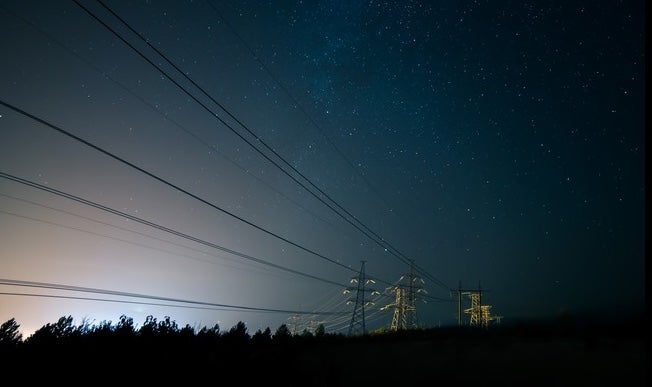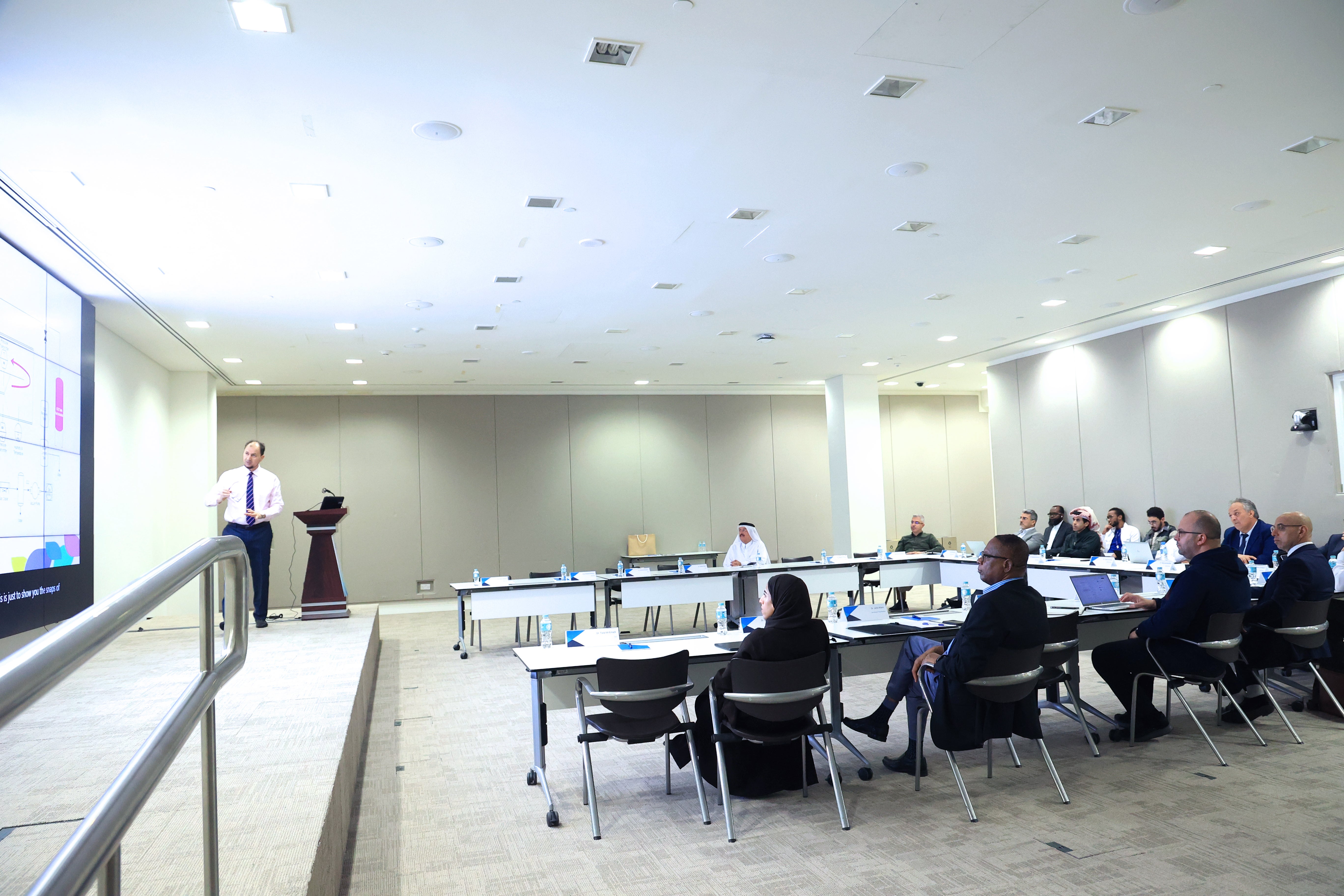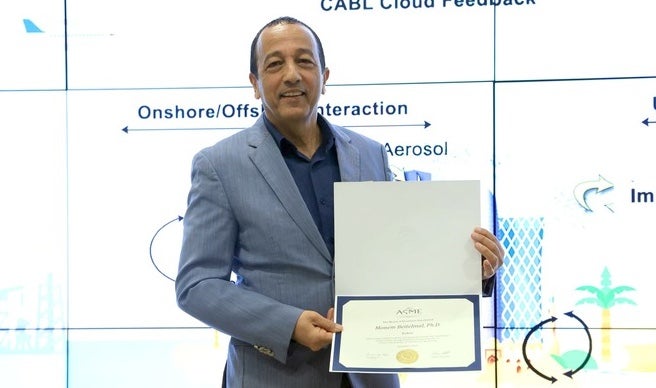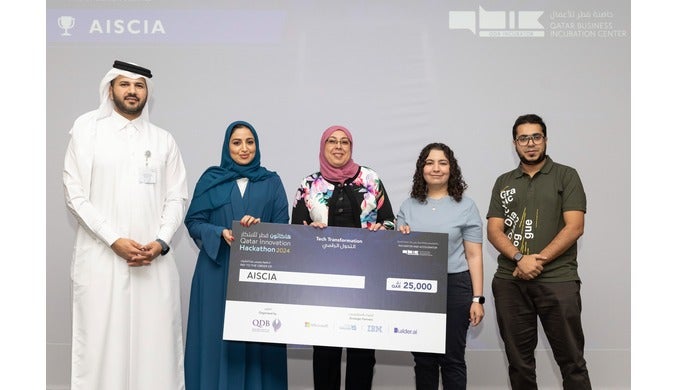Dr. Sertac Bayhan, Principal Scientist, outlines how the recent blackout in Spain and Portugal underscores the necessity of building renewable power systems with resiliency in mind

The widespread blackout that recently plunged millions in Spain and Portugal into darkness offered significant implications for the international community. It sparked urgent questions about the resilience of modern power grids to emerging threats, ranging from system stability to security concerns.
We are now entering a new era where grid resilience is no longer optional, but essential.
Low Inertia and the Role of Grid-Forming Inverters
Conventional grids relied on large rotating machines in fossil-fueled power plants to provide system inertia, a critical buffer that slows the rate of frequency changes during disturbances. As these are replaced by inverter-based renewable energy sources such as wind and solar, we face a profound shift in how grid stability is maintained.
Without system inertia, disturbances can lead to faster frequency drops, increasing the risk of cascading failures—something we saw vividly during the blackout in Spain and Portugal.
To address this, the deployment of grid-forming inverters is becoming essential. Unlike traditional grid-following inverters, grid-forming inverters can actively regulate frequency and voltage, supporting the grid during times of stress.
Synthetic inertia and fast frequency response are no longer ‘nice-to-haves’ — they are critical stability services. These technologies offer a promising path forward, but they must be carefully integrated into grid operations to deliver their full potential.
Cybersecurity in a Digitalized Energy System
Power grids must also account for the rising threat of cyber-physical attacks. As grids become more digitalized and interconnected, they become more exposed to vulnerabilities that can disrupt operations. It’s vital that cybersecurity is embedded into grid design and planning, not treated as a secondary concern.
A Need for Coordinated System-Wide Strategies
Ensuring resilience isn’t just a technical issue—it’s a systemic one. It requires coordinated planning across generation, transmission, distribution, and end-users. That includes new market designs, flexible resources, and cross-sectoral collaboration to help the grid anticipate and absorb extreme events.
Advancing Resilience Through Research and Collaboration
The clean energy transition demands precision, coordination, and foresight as we accelerate toward a renewable, resilient energy future. At Hamad Bin Khalifa University’s (HBKU) Qatar Energy and Environment Research Institute (QEERI), we are working to advance research at the intersection of renewable energy, grid stability, and climate resilience. This includes developing new grid technologies, contributing to energy policy discussions, and supporting the next generation of engineers and scientists.
Dr. Sertac Bayhan is a Principal Scientist at the Qatar Environment and Energy Research Institute at Hamad Bin Khalifa University. His research encompasses power electronics and their applications in next-generation power and energy systems, including renewable energy integration, electrified transportation, and microgrids.








